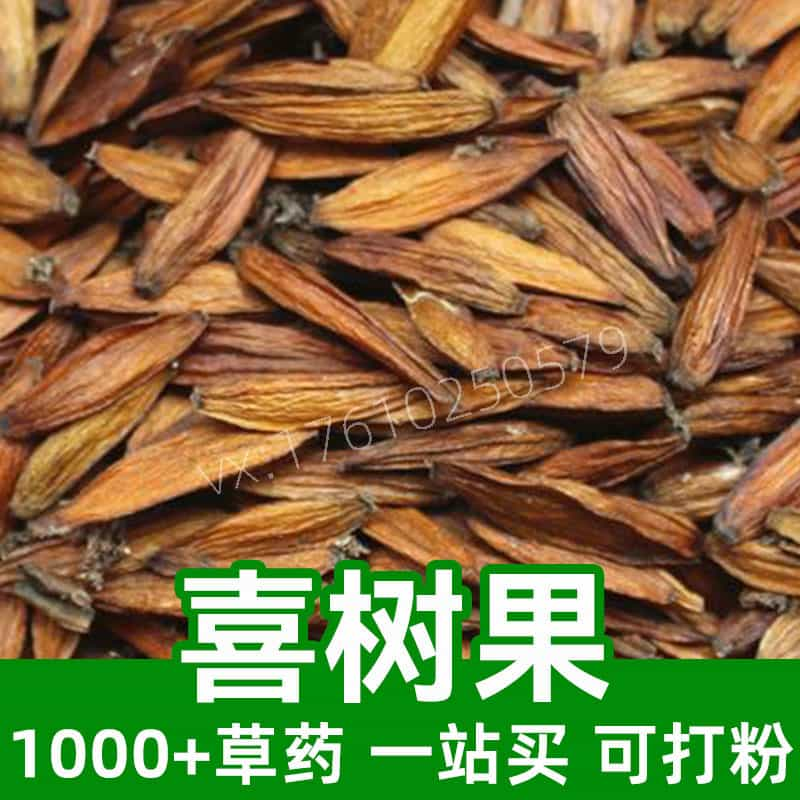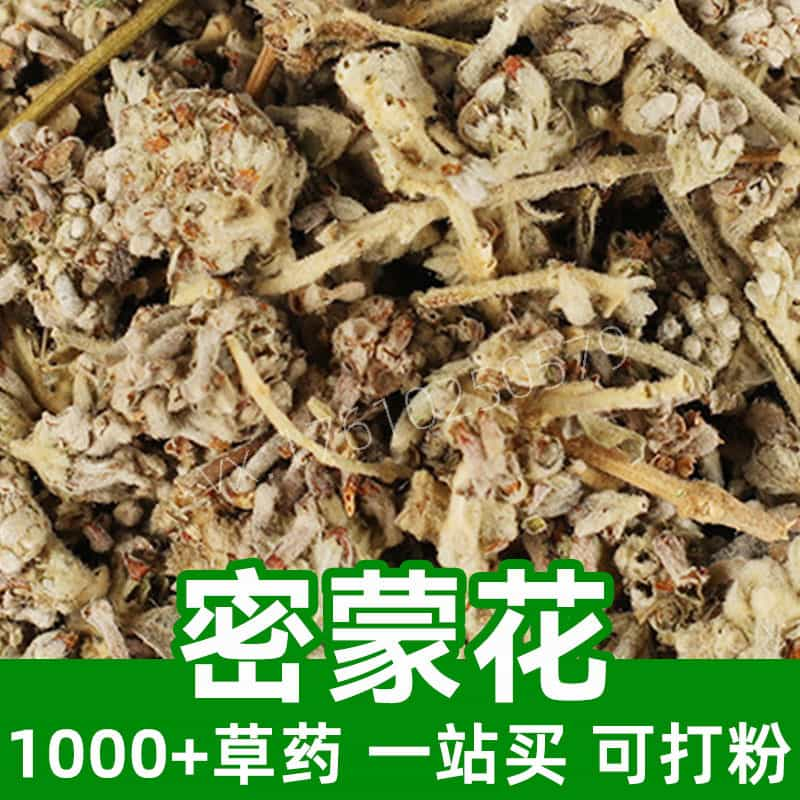Introduction to Common Motherwort Herb Products
Common Motherwort Herb is a common herbal remedy known for its main components such as flavonoids, flavonoid glycosides, essential oils, and alkaloids. It primarily grows in China, Japan, and Korea in areas like grasslands and forest edges. In traditional Chinese medicine, it is extensively used to address women's health issues like menstrual irregularities and pain. Its gentle medicinal effects make it a frequent ingredient in gynecological formulations aimed at alleviating physiological problems faced by women. With a long history in traditional medicine, Common Motherwort Herb is regarded as an important herb for regulating female physiology.
Key Active Ingredients of Common Motherwort Herb
Common Motherwort Herb is recognized for its key active ingredients:
- Flavonoids: Rich in compounds like hyperoside and kaempferol, these substances exhibit antioxidant, anti-inflammatory, and antibacterial properties that can enhance immune function.
- Flavonoid Glycosides: Includes various glycosides that help regulate endocrine function and provide anti-inflammatory pain relief; beneficial for gynecological conditions and menstrual irregularities.
- Essential Oils: Contain volatile components that aid in addressing women's physiological issues such as menstrual pain relief.
- Alkaloids: Present in small amounts with biological activity that may influence the nervous system and physiological functions.
These active ingredients work synergistically to help regulate female physiology and alleviate menstrual irregularities. However, caution regarding dosage and usage methods is advised to avoid adverse reactions.
Applications of Common Motherwort Herb: Usage Scenarios and Dosage
Common Motherwort Herb has broad applications in both traditional medicine and the food industry:
- Traditional Medicine Applications:
- Widely used to address women's health issues like menstrual irregularities and dysmenorrhea; it promotes blood circulation and alleviates pain.
- Common methods of preparation include decoction or infusion to create herbal teas or soups.
- Food Industry Applications:
- Often included in health supplements and herbal teas aimed at promoting women's health.
- Available as tea bags or liquid extracts for consumption.
Dosage Recommendations:
- For Traditional Medicine: Typically 15-30 grams of dried Common Motherwort Herb per dose brewed in water; taken 1-2 times daily.
- For Food Applications: Usually prepared as tea bags or liquid extracts; recommended use of 1-2 bags or according to instructions 1-2 times daily. Consultation with a healthcare provider is advised for safe usage.
Precautions:
- Not recommended for pregnant or breastfeeding women or young children.
- Discontinue use if any discomfort or allergic reactions occur and consult a healthcare professional.
- It’s best to consult with a doctor or herbalist before use to ensure safety.
Overview of the Source Plant: Distribution and Growth Environment
Common Motherwort Herb belongs to the genus Leonurus within the Lamiaceae family. Key details about its source plant include:
- Source Plant Description:
- The genus Leonurus consists mainly of perennial herbaceous plants with significant medicinal value used in traditional remedies.
- Characteristics include upright growth with lobed leaves.
- Distribution:
- Found across Asia, Europe, North America, and Africa; common species are distributed in China, Japan, Korea, Russia, the United States, and Canada.
- Growth Environment:
- Prefers mild and humid climates; typically thrives in well-drained soils with ample sunlight.
- Commonly found in grasslands, hillsides, along roadsides, and field edges; some species can grow at higher altitudes.
- Main Species:
- Leonurus japonicus (Chinese Common Motherwort Herb) is one of the most common species found primarily in East Asia.
- Leonurus heterophyllus (Large Leaf Common Motherwort Herb) also grows widely across similar regions.
As a widely recognized herbal plant globally, Common Motherwort Herb holds significant medicinal value due to its rich active components and adaptability to various environments.
Harvesting, Processing, and Storage of Common Motherwort Herb
The harvesting process for Common Motherwort Herb is crucial for maintaining quality:
- Harvesting Time:
- Best harvested before flowering or during the flowering period when active ingredients are at their peak; typically done from late spring to early summer.
- Harvesting Method:
- Select healthy plants without disease or pests; avoid those that have already flowered to maintain potency.
- Use clean tools for whole plant harvesting; process promptly to prevent excessive drying or prolonged storage.
- Processing Steps:
- Clean harvested plants to remove soil and impurities; air-dry until semi-dry.
- Cut into manageable sizes for easier drying and storage.
- Drying should occur in a well-ventilated area away from direct sunlight until moisture content reaches about 10%.
- Storage Recommendations:
- Store dried Common Motherwort Herb in a cool, dry place away from moisture and sunlight to prevent spoilage.
- Use airtight containers with desiccants to maintain dryness.
- Regularly check stored herbs for any signs of odor or moisture; replace containers or dry herbs if necessary.
Proper harvesting, processing, and storage practices directly affect the quality of Common Motherwort Herb as a medicinal herb; following these guidelines helps preserve its efficacy for safe use.
Citations:
[1] https://pmc.ncbi.nlm.nih.gov/articles/PMC6270200/
[2] https://pmc.ncbi.nlm.nih.gov/articles/PMC5463570/
[3] https://www.jmb.or.kr/journal/view.html?doi=10.4014%2Fjmb.2112.12036
[4] https://stackoverflow.com/questions/12238396/how-to-disable-google-translate-from-html-in-chrome/12238414
[5] https://www.mskcc.org/cancer-care/integrative-medicine/herbs/epimedium
[6] https://support.microsoft.com/en-us/office/check-grammar-spelling-and-more-in-word-0f43bf32-ccde-40c5-b16a-c6a282c0d251
[7] https://pmc.ncbi.nlm.nih.gov/articles/PMC10665689/
[8] https://apps.apple.com/in/app/google-translate/id414706506
Monica Sun is a seasoned expert in the natural raw materials industry, with over a decade of experience specializing in traditional Chinese medicinal herbs, spices, and fungi. She is skilled in the sourcing, processing, and application of these materials, emphasizing sustainability and innovation. Monica Sun has contributed to the development of high-quality natural raw materials that serve as essential components in functional foods, pharmaceuticals, and cosmetics, delivering tailored solutions to meet diverse market needs.













